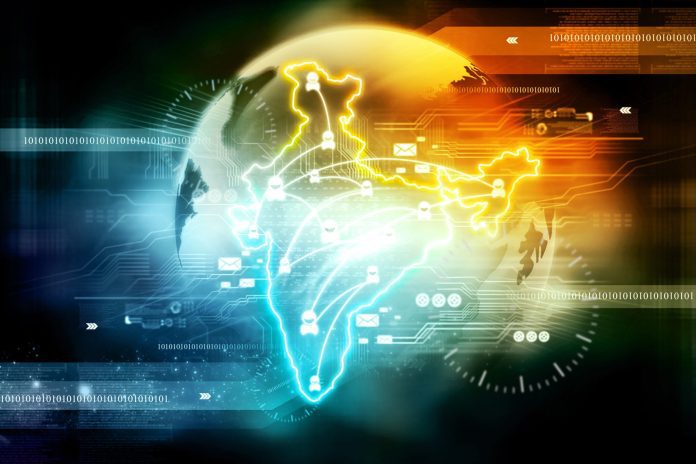Indian company Tata Communications expects to launch 50 million IoT devices by 2022, Indian press reported.
By that time, Tata aims to capture approximately 10-15% of the local IoT market, according to a recent report. The Indian firm has already earmarked $100 million for its IoT business. Tata said it expects to launch IoT devices mainly for three areas: asset management, energy management and customer feedback.
“The market today is fragmented from the largest players of telecom/IT to the smaller device manufacturers that make Bluetooth devices. We will bring in the complete value stack of device, network, platform and software,” the Economic Times quoted V.S. Shridhar, head of IoT business unit at Tata Communications as saying.
“In the initial years, we are looking at rolling out and ramping up our IoT network and heavily investing in platform and devices to build a robust base to acquire and deploy information, post which we will be also getting into analytics,” said Shridhar. The business unit has decided to set up an application software team in Chennai,” he added.
Tata Communications is also working with local states to provide IoT network in cities including Bengaluru, Mumbai, Jamshedpur and Delhi.
Dutch telco KPN gets involved in smart traffic lights project
In related news, Dutch telecoms operator KPN has started tests with a number of partners for freight trucks to communicate with traffic lights over the telco’s 4G network, Dutch press reported.
Other participants in the tests around Schiphol airport include the province of North Holland, Vialis, Dynniq, FloraHolland, Rietveld, Dobbe transport and the government program ‘Beter Benutten’.
Under the pilot test, two traffic lights have received new software, so when a truck approaches, it can communicate over the mobile network with the light. KPN said the communication is practically real-time.
The system calculates at what point the truck will pass through the light and gives the driver advice on speed, so it can pass smoothly through the light on green without having to stop. This is expected to reduce unnecessary braking and help limit pollution, energy usage and traffic delays.

